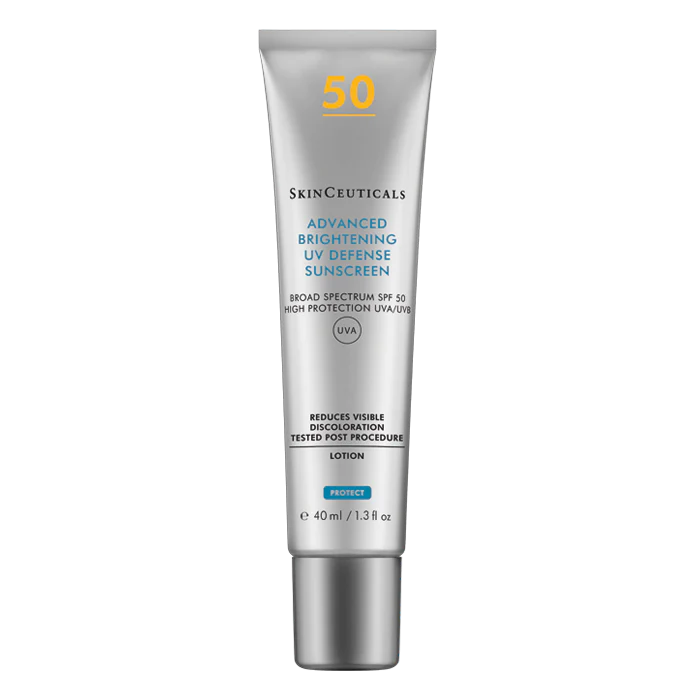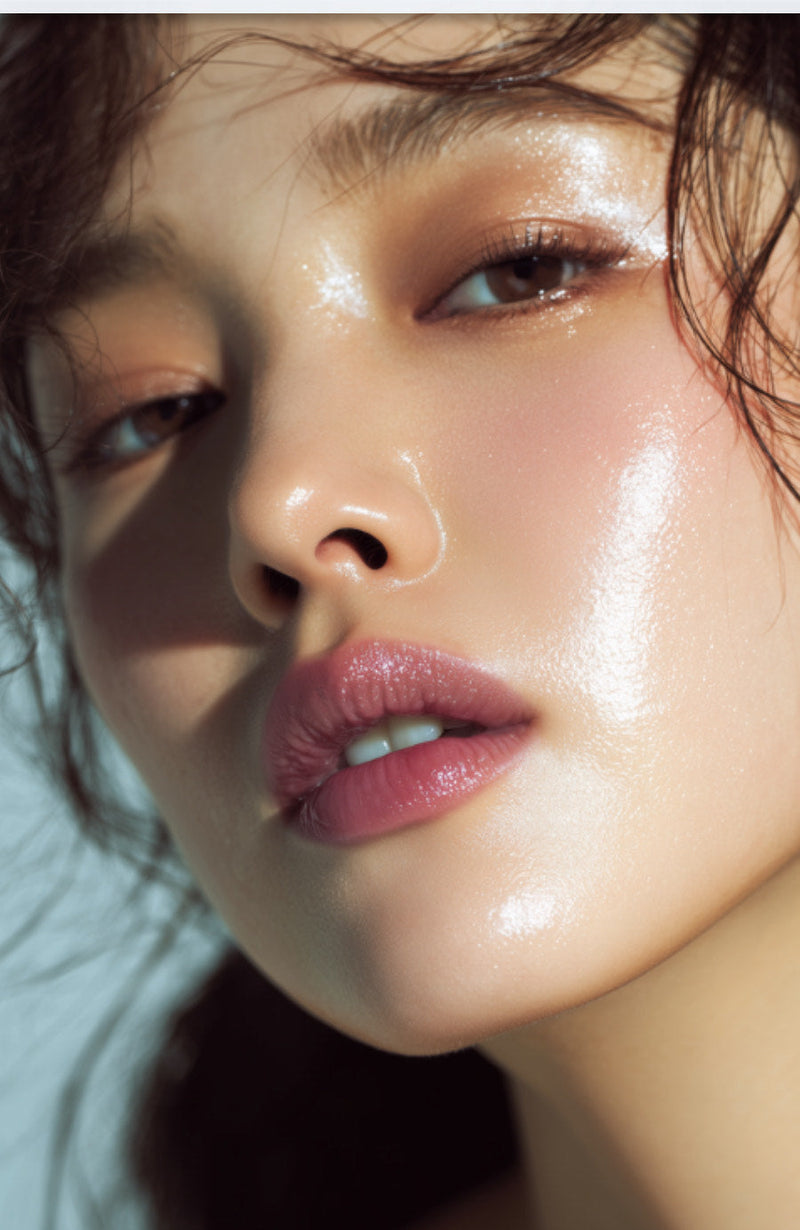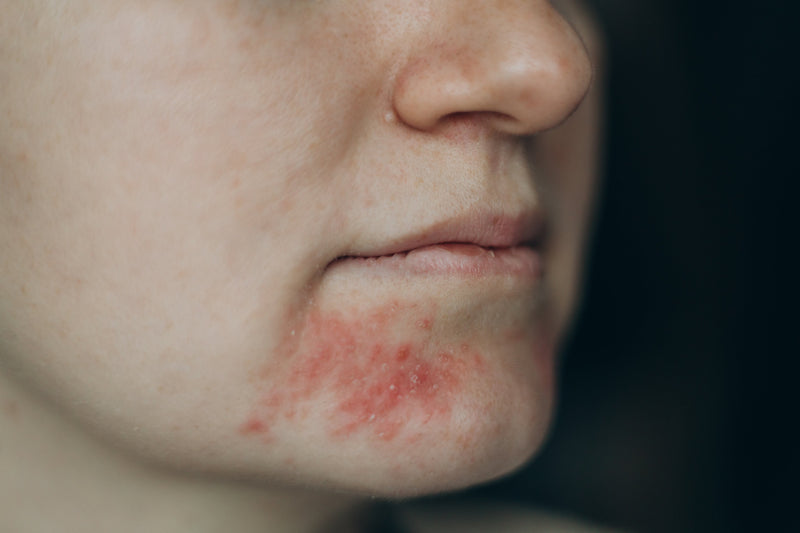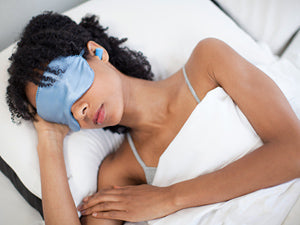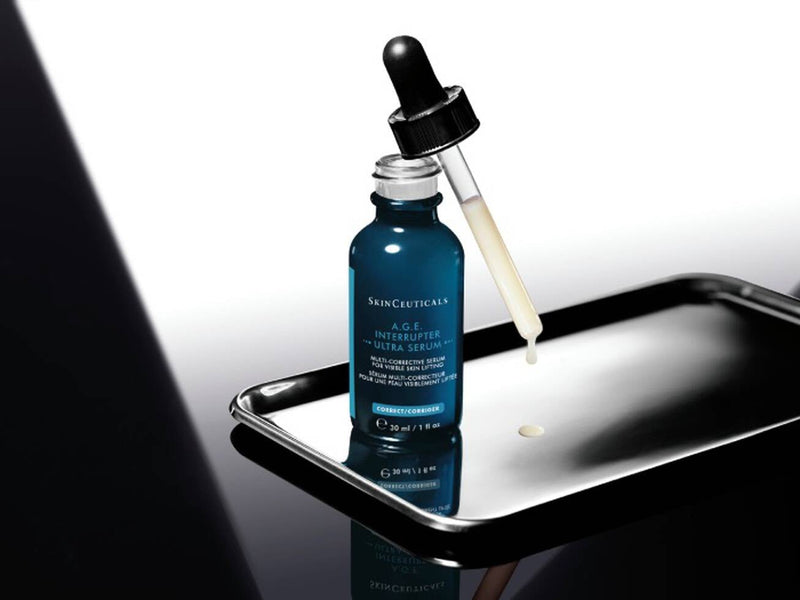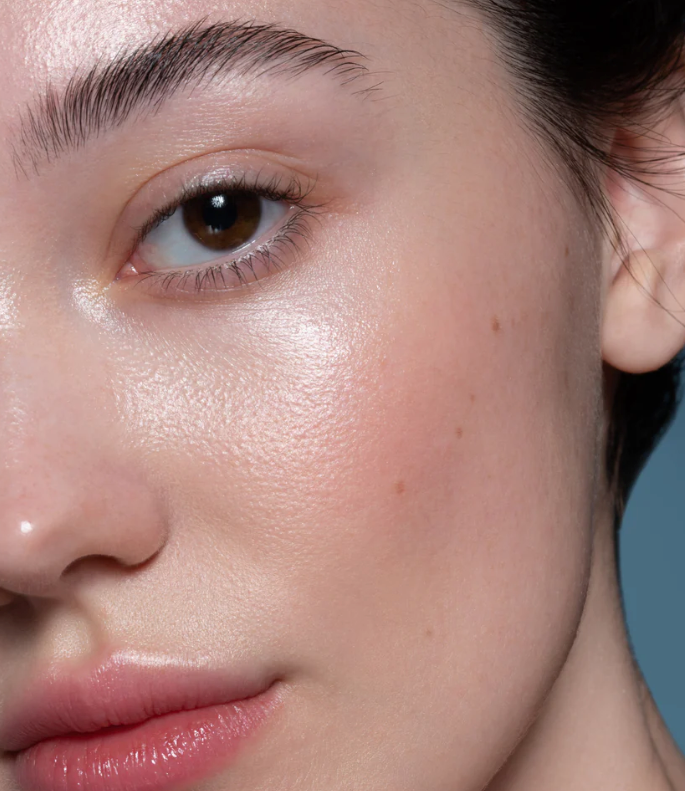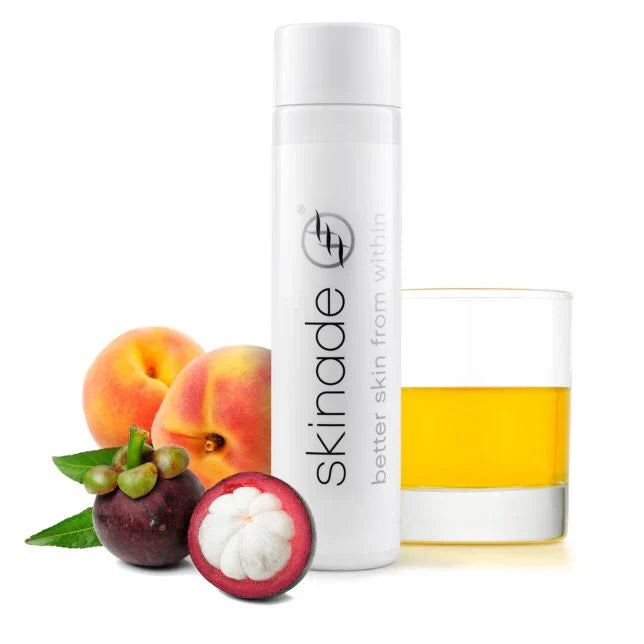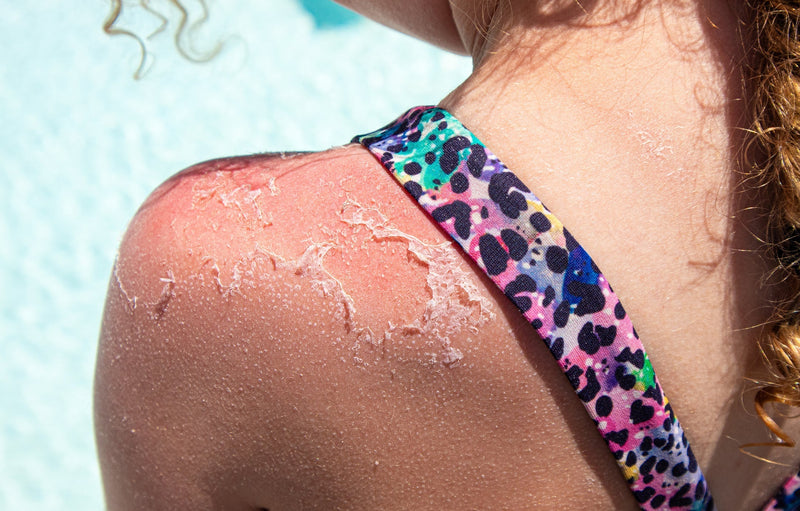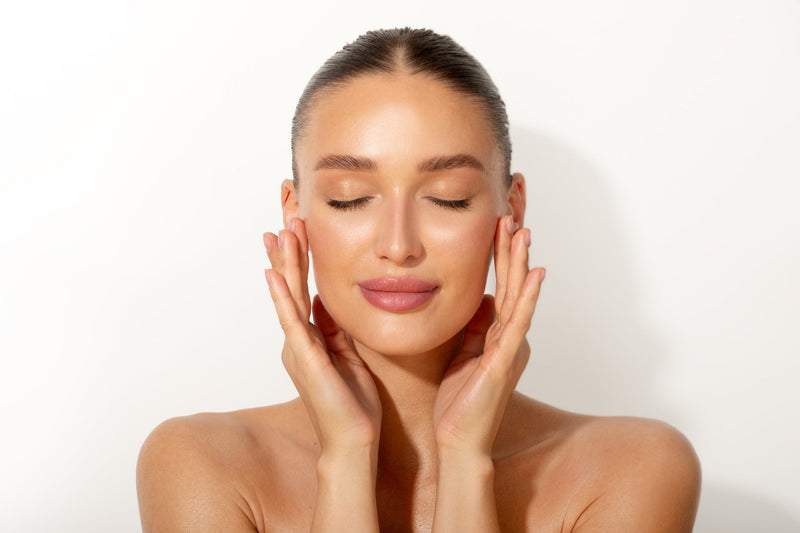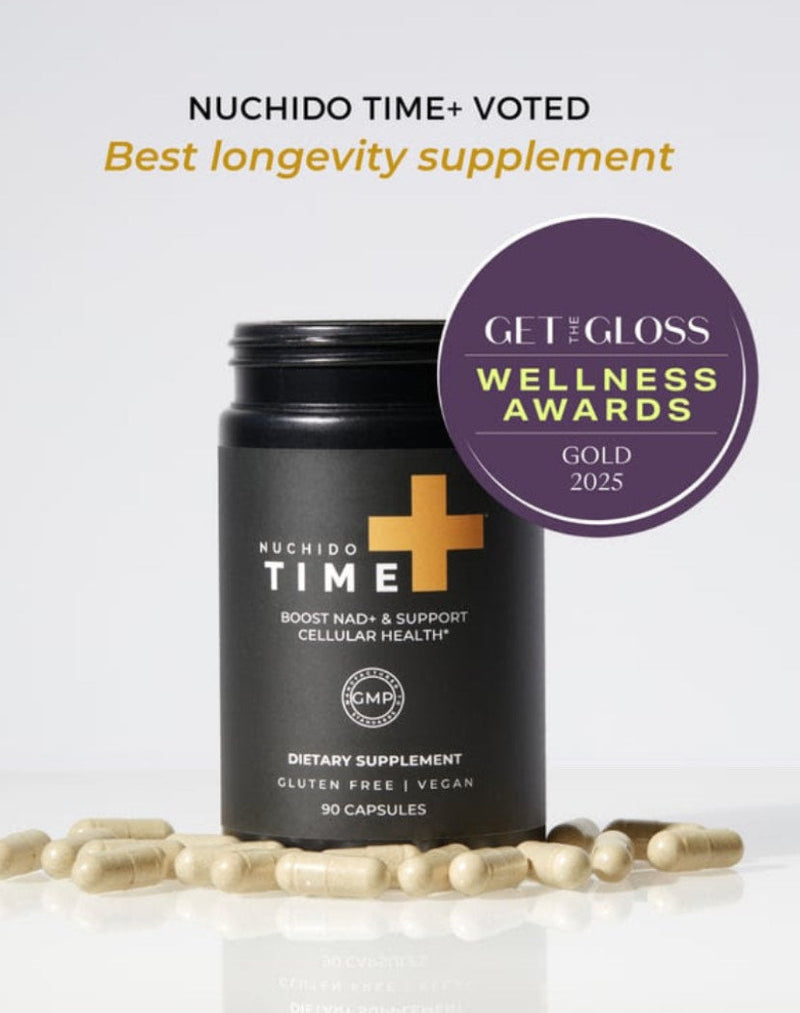Skin conditions such as acne and rosacea are not simply surface problems. They reflect how the skin, gut, immune system and hormones interact. When any of these systems become imbalanced, inflammation can appear on the skin. The encouraging truth is that treatments have advanced dramatically, and with the right care there is no need to tolerate these conditions.
The Skin–Gut–Immune Connection
Your skin often mirrors what is happening internally. Gut imbalance, hormone fluctuations, poor barrier function or chronic stress can all contribute to skin inflammation. Supporting the body from within, alongside topical care, gives the best results.
Acne: What Happens in the Skin
Acne develops when a hair follicle and its oil gland become blocked and inflamed. Four main factors drive this process:
-
Overproduction of sebum (oil)
-
Blocked pores due to sticky dead skin cells
-
Overgrowth of Cutibacterium acnes bacteria
-
Inflammation triggered by the immune system
Types of Acne
-
Comedonal: blackheads and whiteheads
-
Inflammatory: red or pus-filled spots
-
Cystic or nodular: deep, painful lumps under the skin
-
Hormonal: flares around the jawline or menstrual cycle
-
Fungal (Malassezia folliculitis): yeast-related, producing small uniform bumps
Rosacea: Redness and Sensitivity
Rosacea is a chronic inflammatory condition of the facial skin, often involving flushing, visible blood vessels and sometimes spots. It can also affect the eyes.
Rosacea involves:
-
An over-active immune response
-
Easily dilated blood vessels (flushing and heat)
-
A weakened skin barrier
-
Overgrowth of microscopic Demodex mites
Subtypes
-
Erythematotelangiectatic: persistent redness and thread veins
-
Papulopustular: red bumps on a flushed background
-
Phymatous: thickened skin, most often on the nose
-
Ocular: affects the eyes and eyelids
Demodex Mites
Demodex mites live naturally in hair follicles and oil glands. In healthy skin they cause no harm, but if their numbers rise they can trigger inflammation, particularly in rosacea.
Typical signs include rough or itchy skin, bumps that resemble acne but resist usual treatment, and worsening irritation at night. Treatment focuses on reducing numbers and calming inflammation using topical ivermectin, metronidazole, or oral medication where necessary. Gentle cleansing and barrier repair help restore normal balance.
Sugar, Yeast and Gut Sensitivity
Many people with acne or rosacea notice their skin reacts to sugar or yeast-rich foods. This usually relates to gut imbalance rather than allergy.
Sugar raises insulin and inflammatory signals, increases sebum and accelerates collagen damage. Yeast overgrowth in the gut or on the skin can also drive inflammation and redness, particularly after antibiotics or high-sugar diets.
Supporting gut health through balanced eating, adequate fibre, hydration and reduced refined sugar helps steady both the gut and the skin. A functional nutrition consultation with Edelle O’Doherty can identify specific triggers and design an individual plan for restoring gut-skin balance.
Functional Nutrition and Lifestyle Support
-
Eat anti-inflammatory foods such as oily fish, olive oil, leafy greens, turmeric and green tea.
-
Keep blood sugar stable by pairing protein, fat and fibre at each meal.
-
Include prebiotic and probiotic foods if tolerated.
-
Limit alcohol, processed foods and refined sugars.
-
Stay well hydrated.
-
Manage stress with movement, mindfulness or relaxation exercises.
-
Sleep regularly and sufficiently; the skin repairs overnight.
Skincare Essentials
The goal is to protect and repair the skin barrier rather than strip it.
Routine
-
Gentle, non-foaming cleanser
-
Moisturiser containing ceramides, niacinamide, squalane or panthenol
-
Broad-spectrum mineral sunscreen (zinc oxide or titanium dioxide)
Active ingredients to use carefully:
-
Retinoids (adapalene, tretinoin) to regulate cell turnover
-
Azelaic acid for redness and bacteria
-
Niacinamide for calming and barrier support
-
Salicylic acid for blocked pores
-
Sulphur or zinc for inflammation
Avoid products with alcohol, menthol, witch hazel, fragrance or strong acids that can disrupt the barrier.
Medical and Clinic Treatments
For Acne
-
Topical retinoids, benzoyl peroxide or azelaic acid
-
Short courses of oral antibiotics
-
Hormonal options such as spironolactone or oral contraceptives
-
Isotretinoin for severe or resistant acne
For Rosacea
-
Topical ivermectin, metronidazole or brimonidine
-
Low-dose oral doxycycline for inflammation
-
Intense Pulsed Light (IPL) or vascular laser for redness and visible veins
-
Barrier-repair and hydration-focused facials rather than harsh peels
For Ocular Rosacea
-
Lid hygiene, warm compresses and tea tree–based lid wipes (diluted)
-
Oral antibiotics prescribed by a dermatologist or ophthalmologist
Ocular and Nose (Phymatous) Rosacea Require Medical Attention
Ocular rosacea affects the eyes and eyelids, causing dryness, burning, redness and sometimes blurred vision. Left untreated it can damage the cornea. Anyone with these symptoms should see a dermatologist or ophthalmologist promptly.
Phymatous rosacea, often seen on the nose (rhinophyma), causes thickened skin and enlarged pores. This indicates deeper inflammation and requires medical assessment. Early treatment can prevent progression and may include medication, laser therapy or minor surgical procedures.
When to See a Dermatologist
Seek professional advice if you experience:
-
Persistent redness, flushing or painful breakouts
-
Skin thickening or visible blood vessels
-
Eye irritation or swelling
-
Scarring, pigment changes or emotional distress
-
Skin that remains reactive despite careful skincare
Skin inflammation is not a matter of poor hygiene or bad luck. It is the body communicating imbalance. Addressing both internal and external factors allows the skin to recover its calm and clarity.
Treatment has improved so much that no one needs to tolerate these conditions. With the right blend of medical care, functional nutrition and consistent barrier repair, clear and comfortable skin is an achievable and lasting goal.
